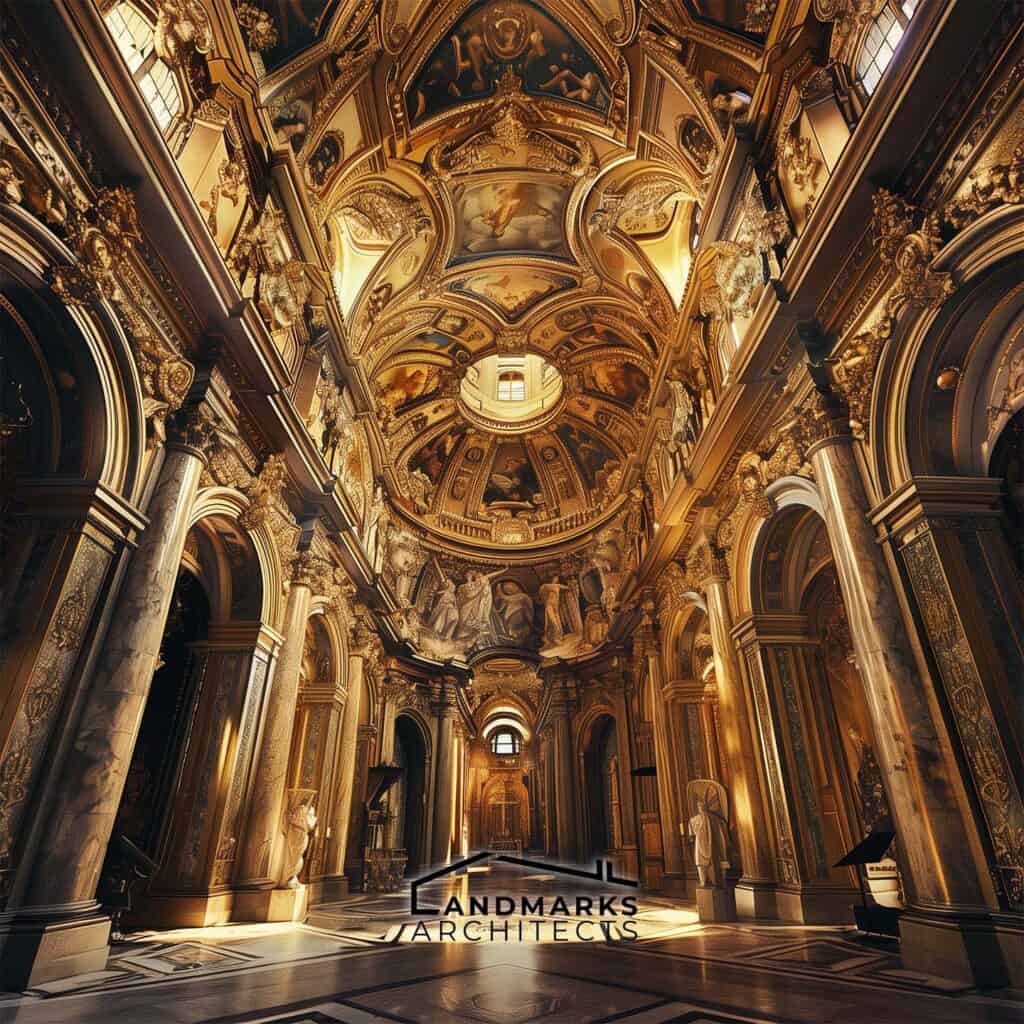
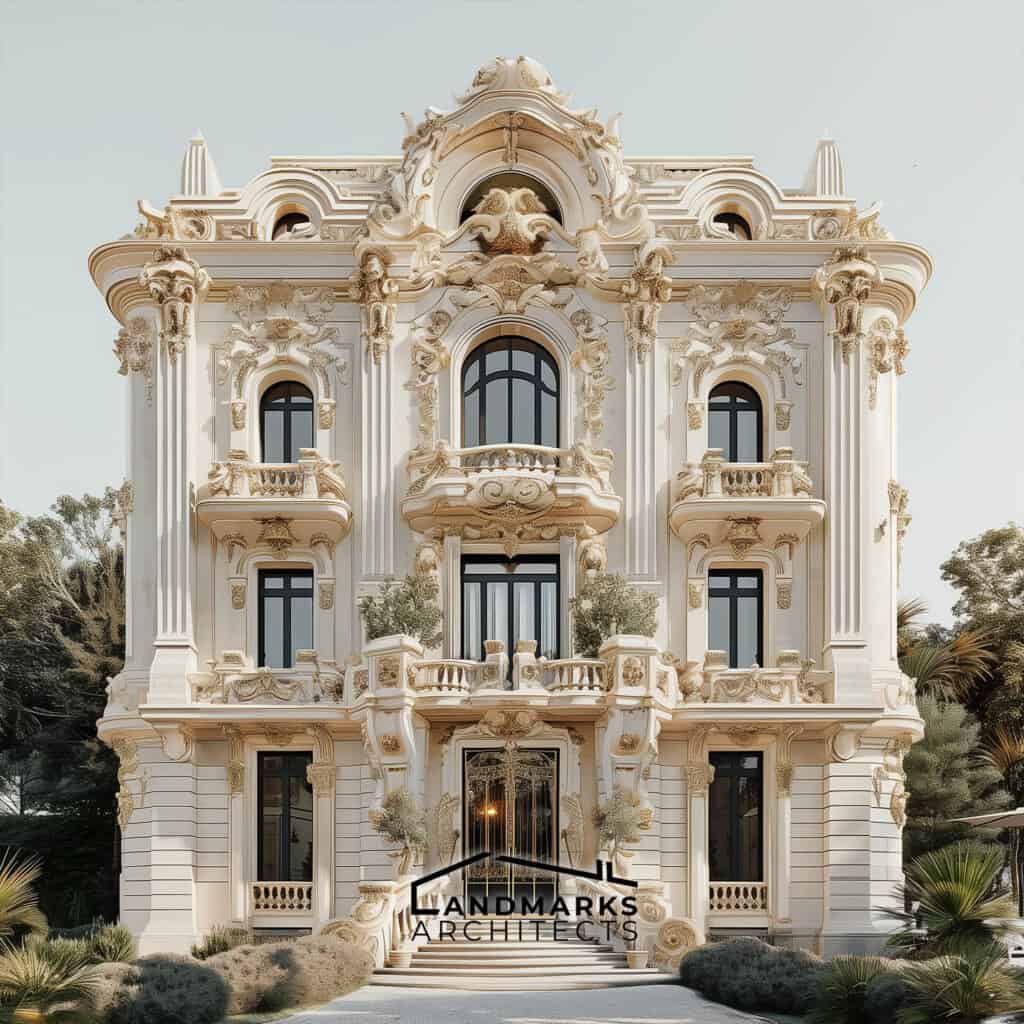
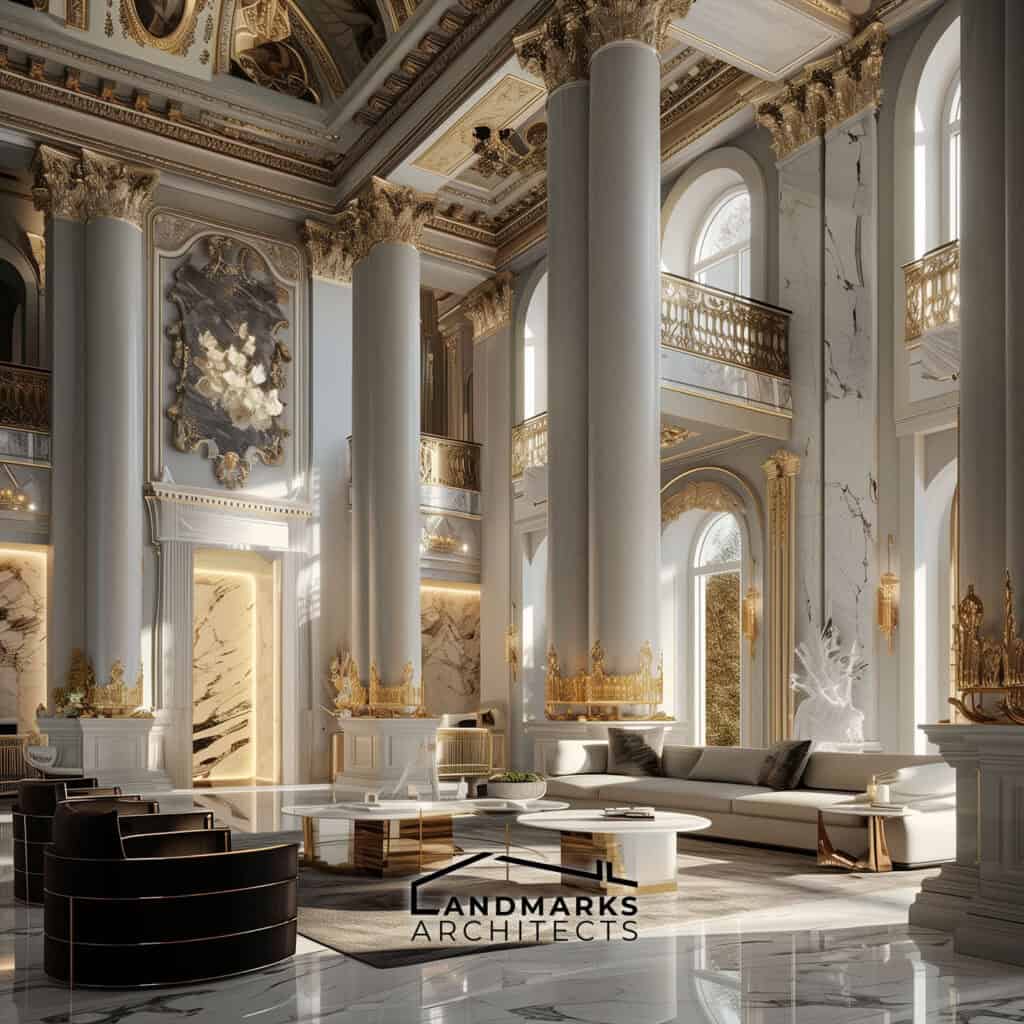
Are you drawn to architectural styles that blend opulence with modern innovation, creating spaces that evoke both luxury and functionality? As a connoisseur of design, you understand the importance of spaces that not only meet practical needs but also reflect your unique vision.
Navigating the world of Modern Baroque architecture can be daunting amidst its dynamic forms and ornate details. At Landmarks Architects, we specialize in bridging traditional elegance with contemporary flair, guiding your journey to create bespoke architectural marvels.
In this article, we’ll talk about:
- Understanding your distinctive style and aspirations
- Unveiling innovative approaches to Baroque design
- Integrating sustainability and functionality seamlessly
- Executing your project flawlessly to bring your vision to life
Are you ready to start a transformational journey that culminates in a space as unique as you are? Investigate our insights to discover how Modern Baroque architecture can elevate your lifestyle and leave a lasting impression.”
Historical Roots of Baroque Architecture
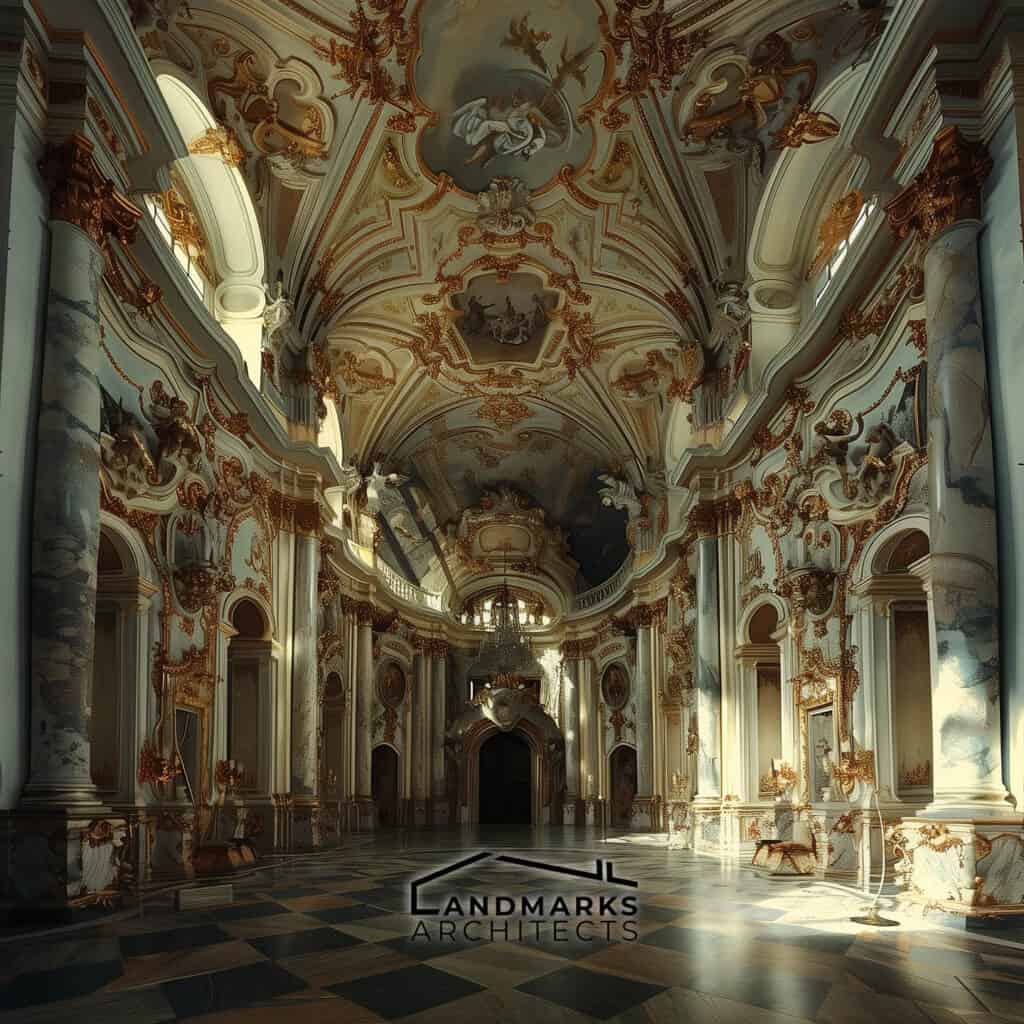
Baroque architecture emerged in Italy during the late 16th century and spread to other parts of Europe and the world in the 17th and 18th centuries. The Baroque period was marked by a dramatic shift towards exuberance and grandeur, contrasting with the simplicity and restraint of the Renaissance. This architectural style evolved in response to the Protestant Reformation and the Counter-Reformation of the Catholic Church, aiming to assert its power and influence.
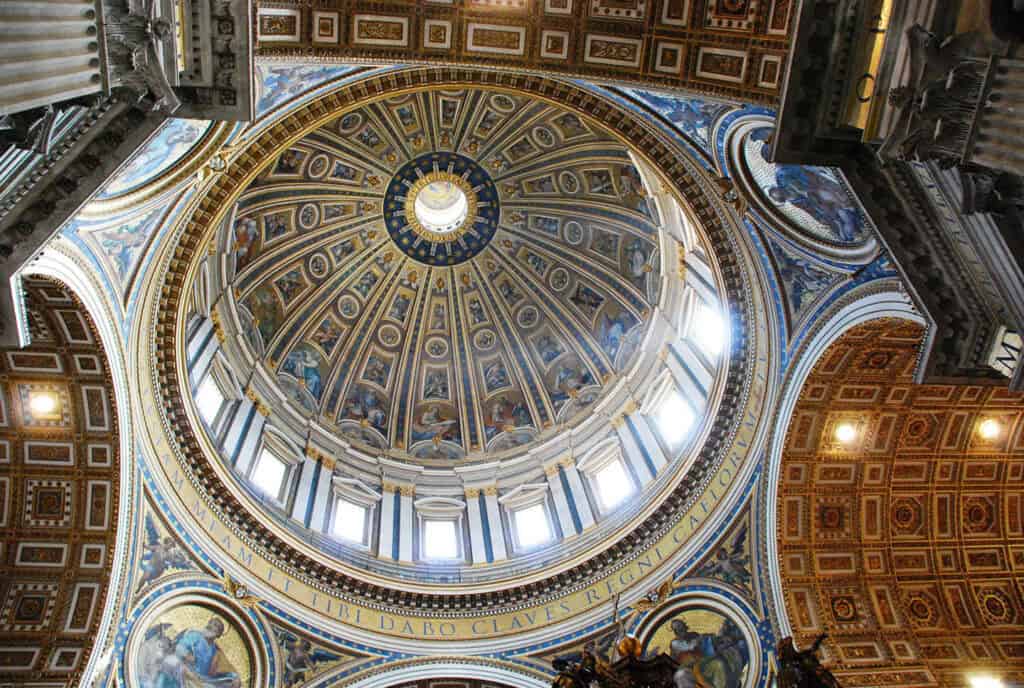
See Also Baroque Style
The Catholic Church played a pivotal role as a patron of Baroque architecture, commissioning many of its most notable examples. Baroque architecture served as a powerful expression of the Church’s wealth and authority, designed to inspire awe and reverence among its followers. Gian Lorenzo Bernini and Carlo Maderno, influential Baroque architects in Italy, created iconic structures like St. Peter’s Basilica in Rome.
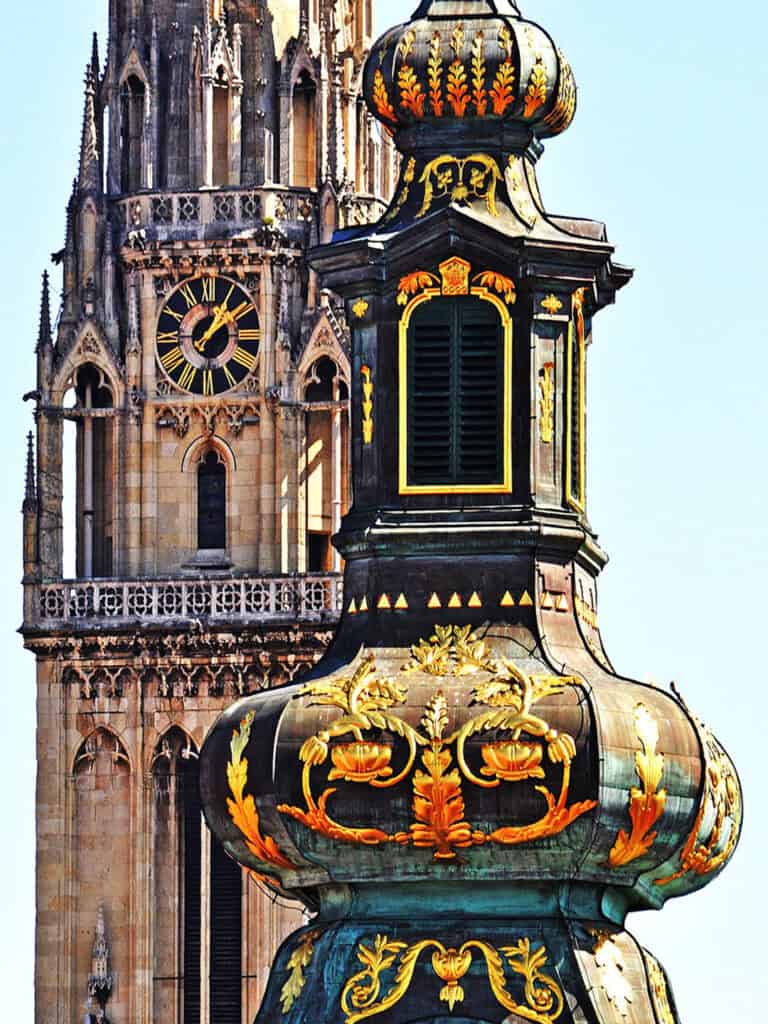
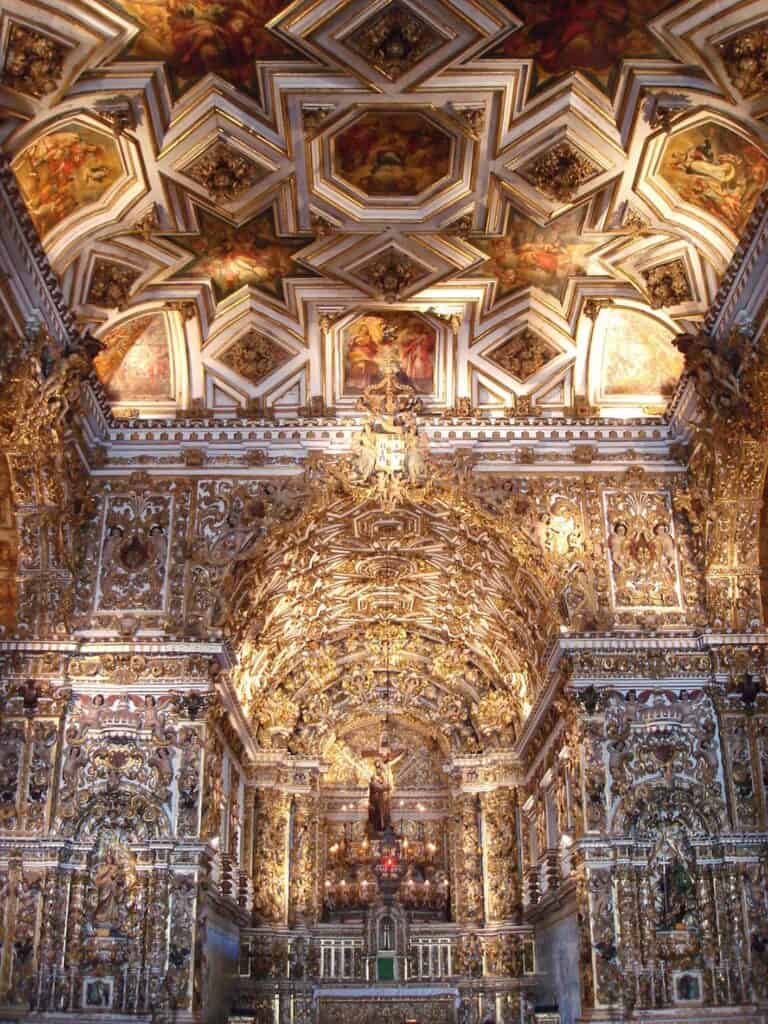
architecture spread to France, Germany, and other parts of Western Europe, where it took on unique regional interpretations. In colonial South America, Baroque architecture was used by the Church as a means of converting indigenous populations to Catholicism, and many of the most impressive examples of the style can be found in countries such as Brazil, Peru, and Mexico.
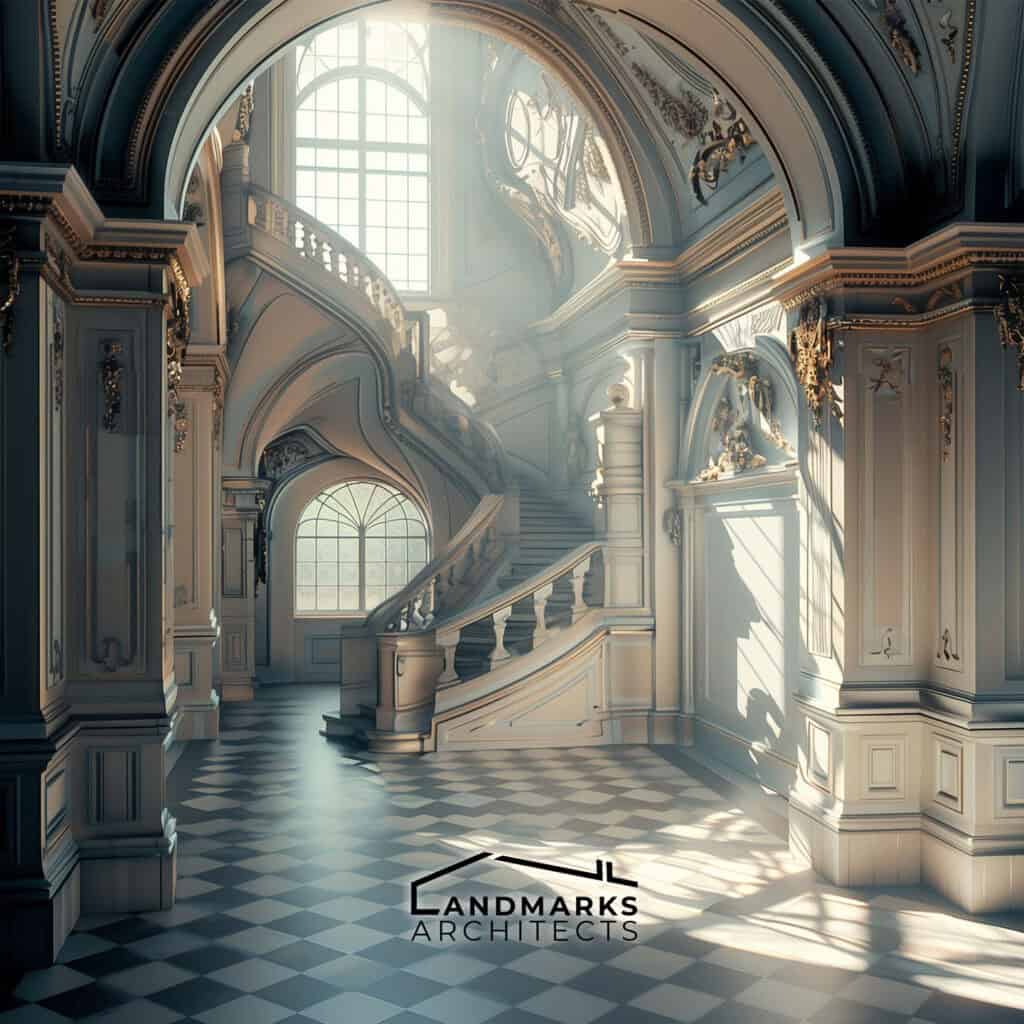
The influence of Baroque architecture can still be seen in modern architecture, particularly in the use of ornate details, curved shapes, and dramatic effects of light and shadow. The historical roots of Baroque architecture continue to inspire architects and designers today, as they seek to create buildings and spaces that are both functional and beautiful.
Baroque Architecture – An Overview
See Also Exploring Italian Baroque
6 Characteristics of Modern Baroque Architecture
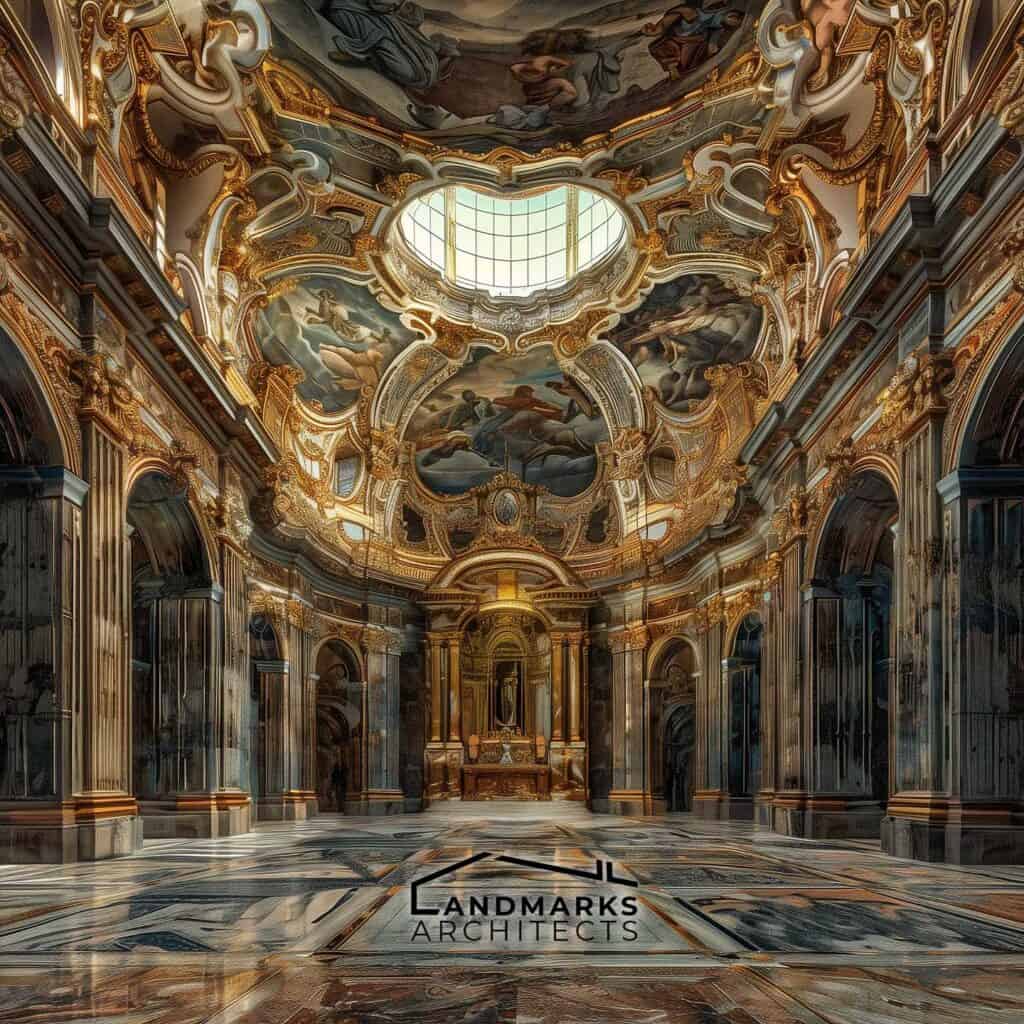
1. Dynamic Forms and Movement
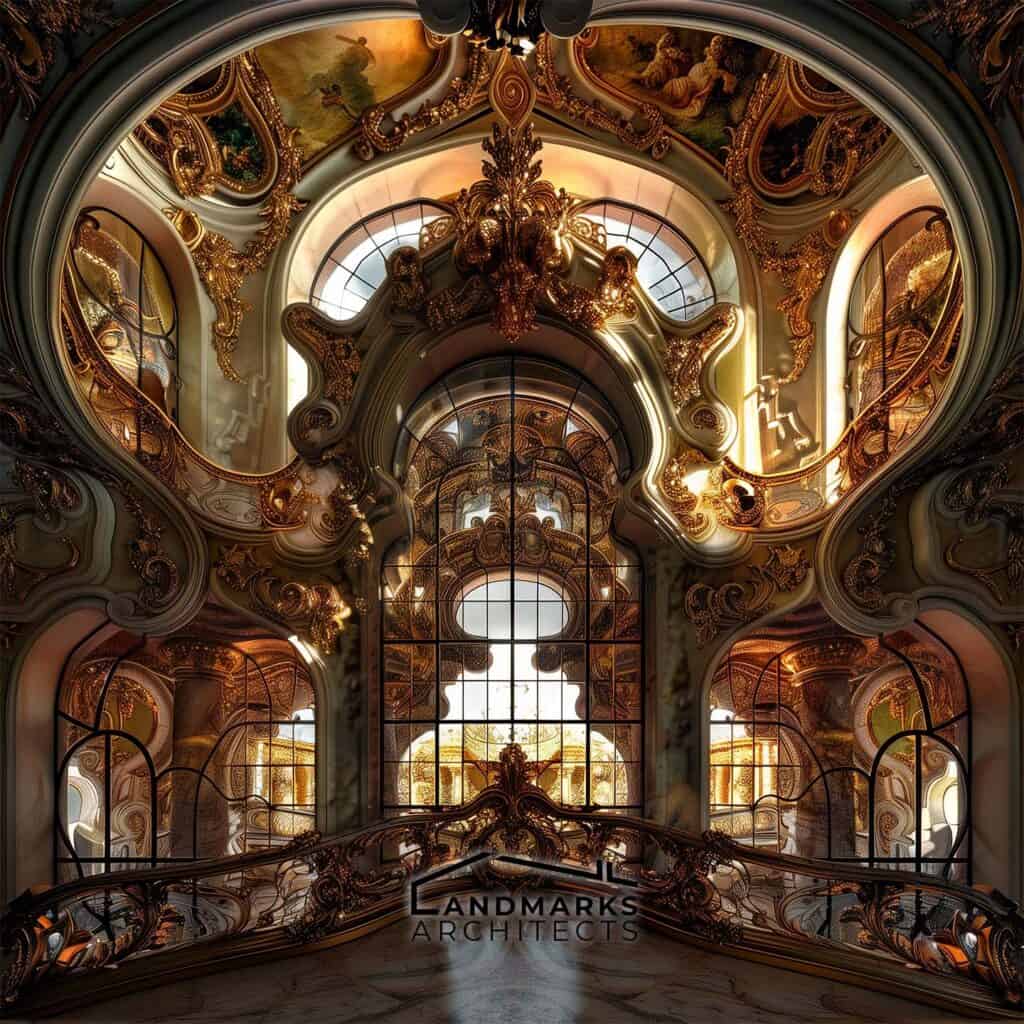
Modern Baroque architecture is characterized by its dynamic and fluid forms that create a sense of movement and energy. Architects use curves, undulating lines, and asymmetrical shapes to create a sense of motion and drama. This style is a fusion of the traditional Baroque style with modern designs, resulting in a bold and dramatic effect.
2. Ornamentation and Detail
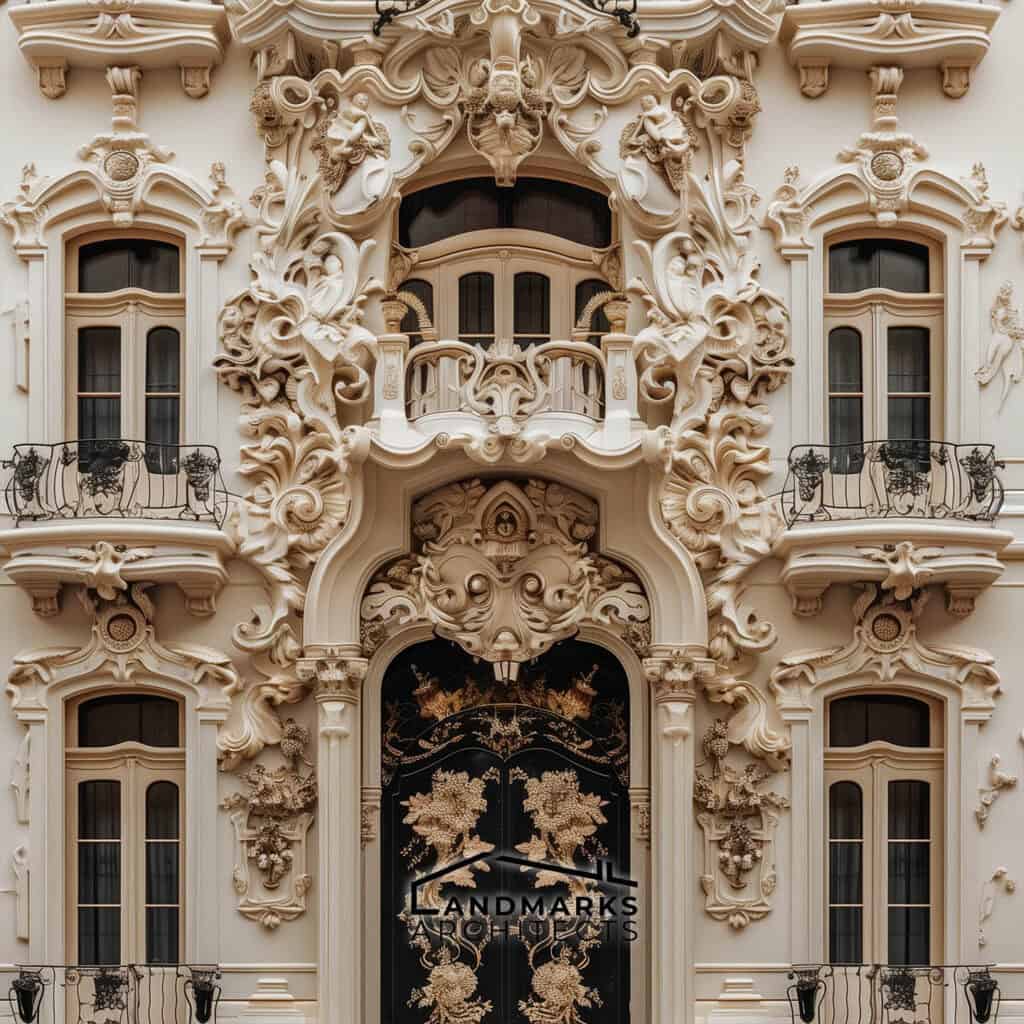
Intricate designs and ornamentation are a hallmark of modern Baroque architecture. Architects use ornate details to create a sense of grandeur and elegance. The intricate designs are often inspired by natural forms such as flowers, leaves, and vines. This style is characterized by its bold use of decorative elements, which are often used to accentuate the dynamic forms and movement.
3. Use of Light and Shadow
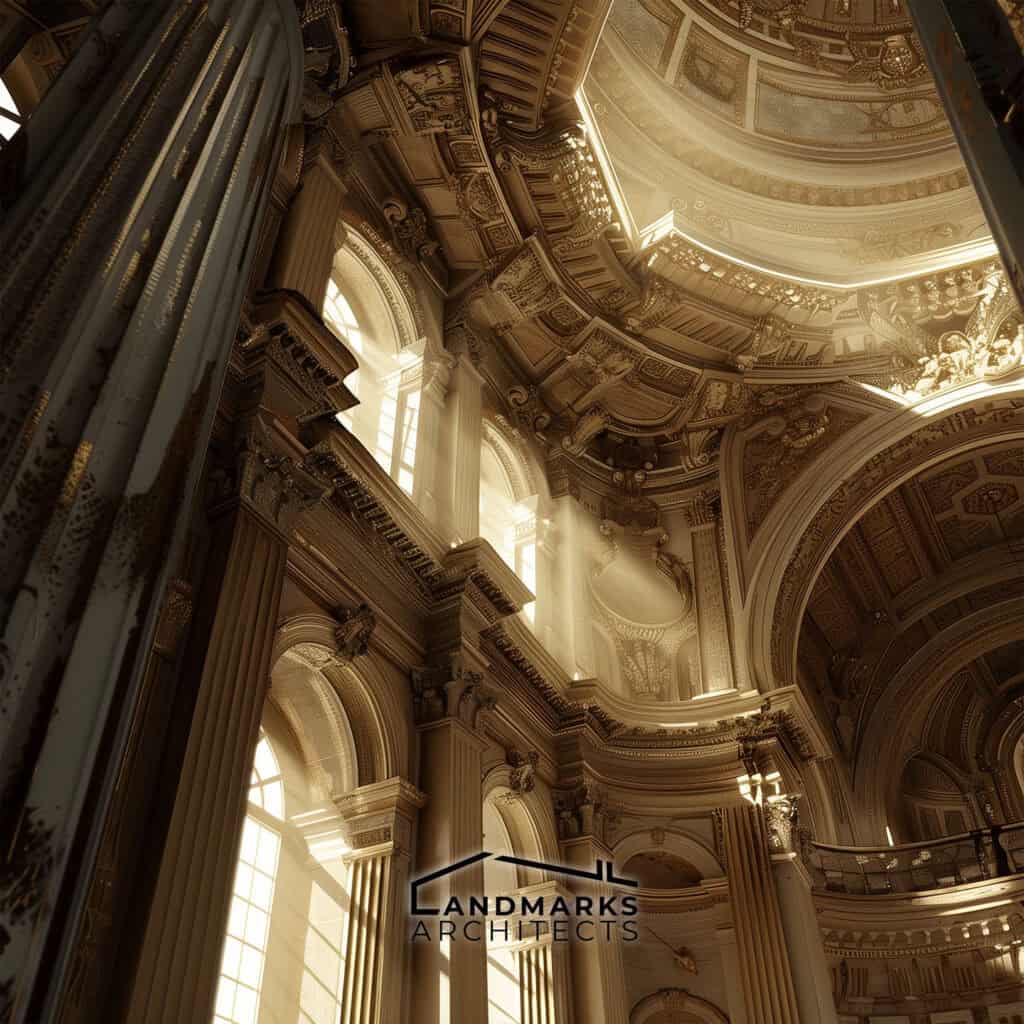
Modern Baroque architecture makes extensive use of light and shadow to create a dramatic effect. Architects use light to highlight the ornate details and create a sense of depth. The use of shadow is used to create contrast and emphasize the dynamic forms. This style is characterized by its play of light and shadow, which creates a dynamic and dramatic effect.
4. Bold Use of Color and Texture
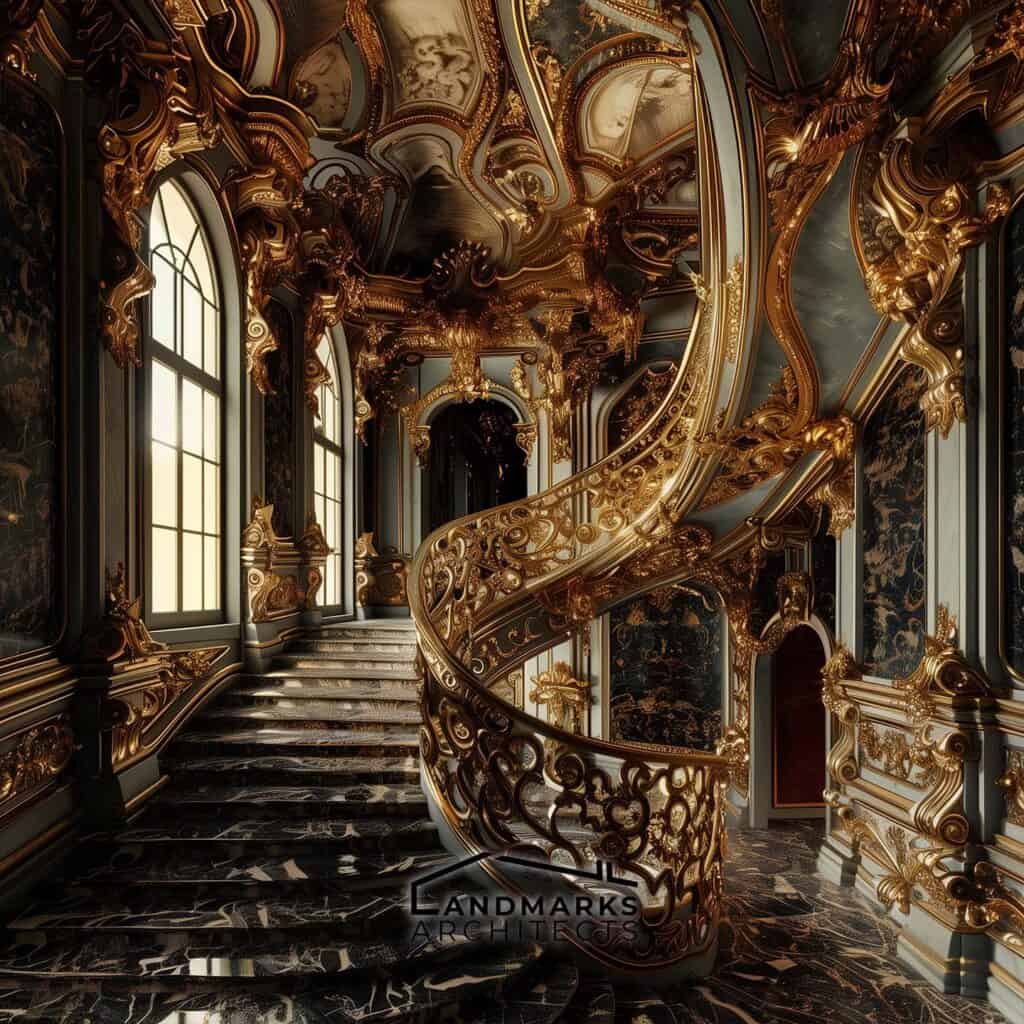
Bright colors and bold textures are a key feature of modern Baroque architecture. Architects use bold colors to create a sense of drama and excitement. The use of texture is used to create depth and interest. This style is characterized by its bold use of color and texture, which creates a sense of energy and vibrancy.
5. Integration of Modern Materials
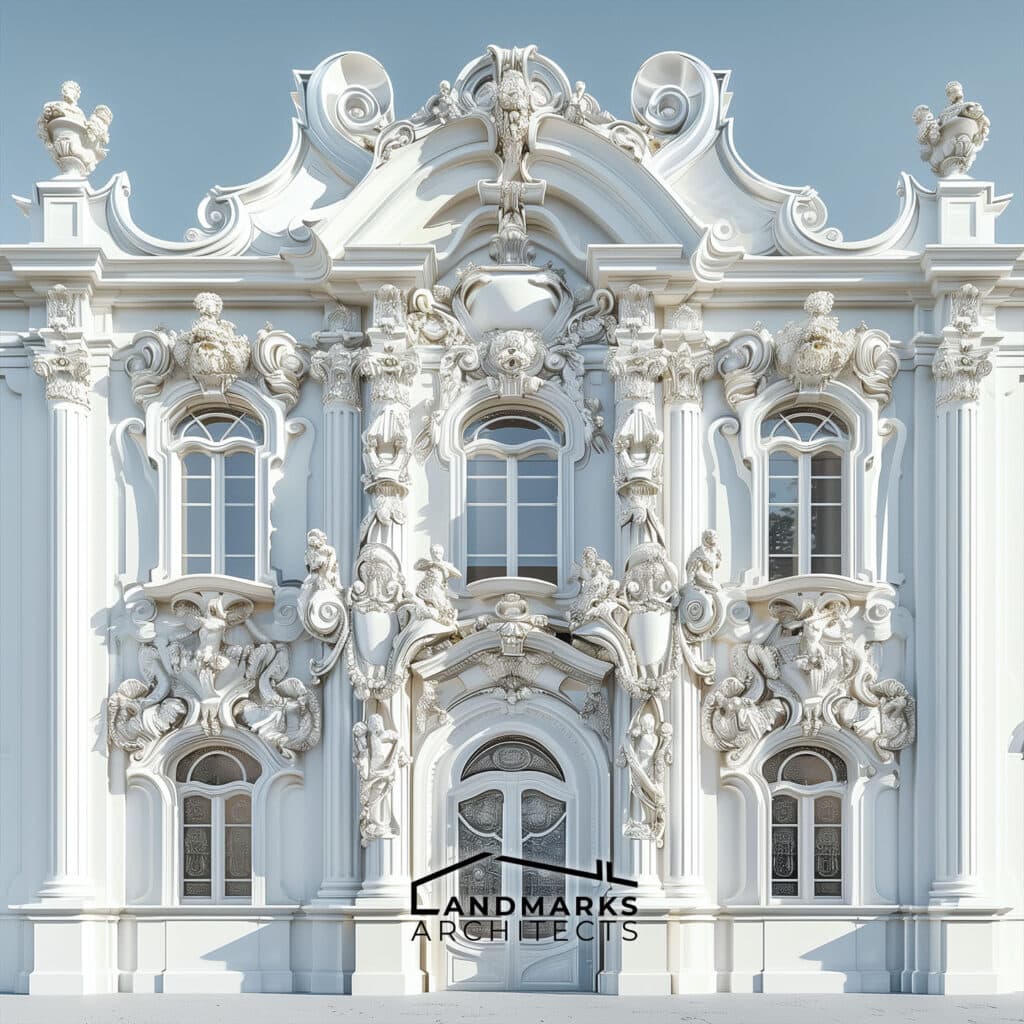
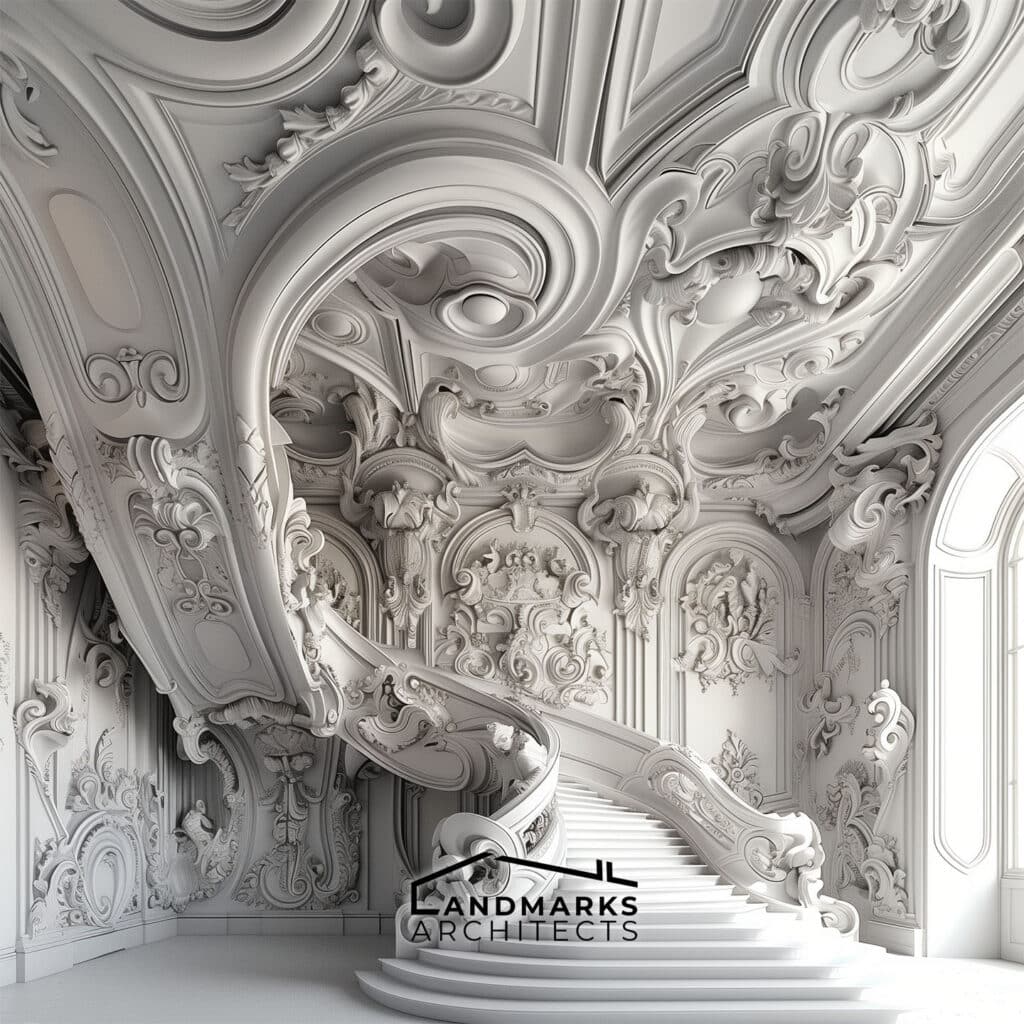
Modern Baroque architecture seamlessly integrates contemporary materials like glass, metal, and concrete with traditional elements such as stone and wood. This fusion not only contrasts materials but also enhances visual interest.
By incorporating modern materials, architects can explore novel forms and shapes that were previously unattainable with traditional materials. This architectural style is distinguished by its innovative blend of modern and traditional materials, fostering a sense of creativity and originality.
6. Expressive and Emotional Impact
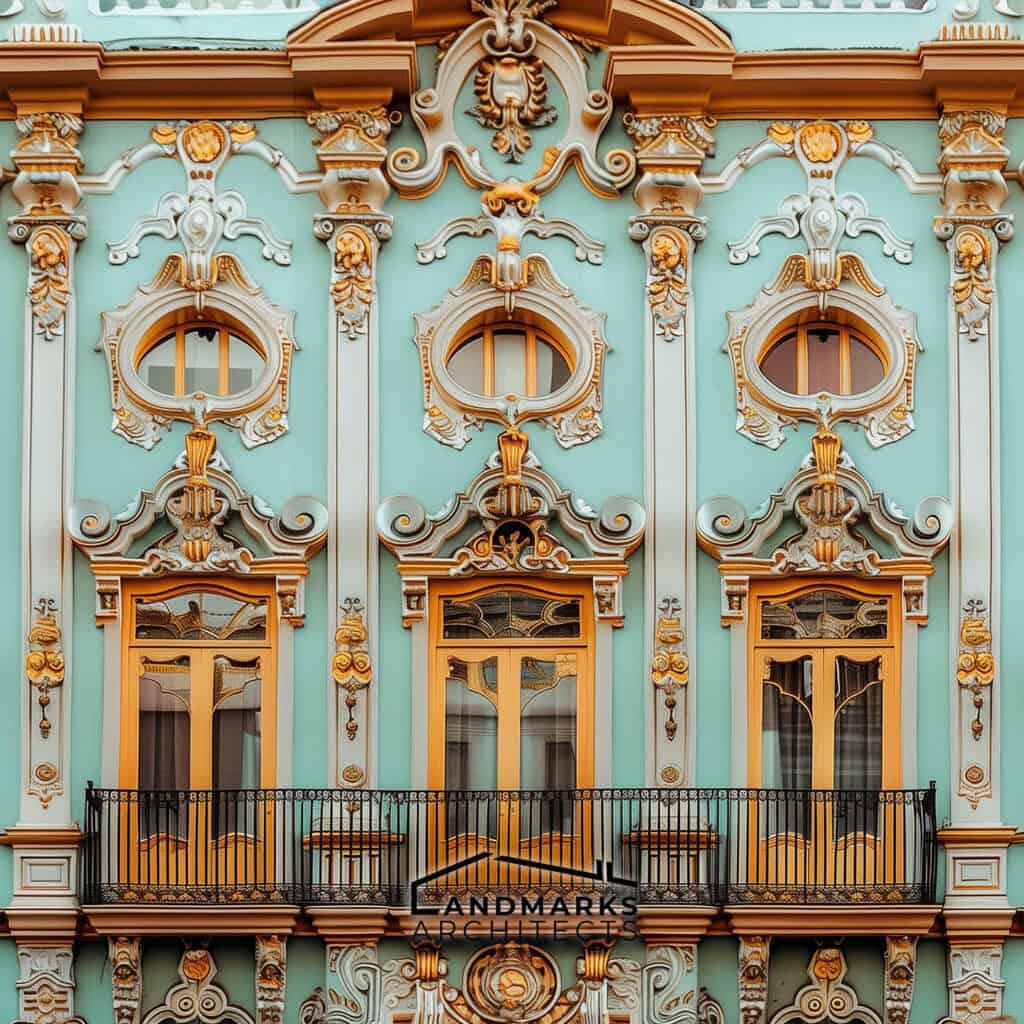
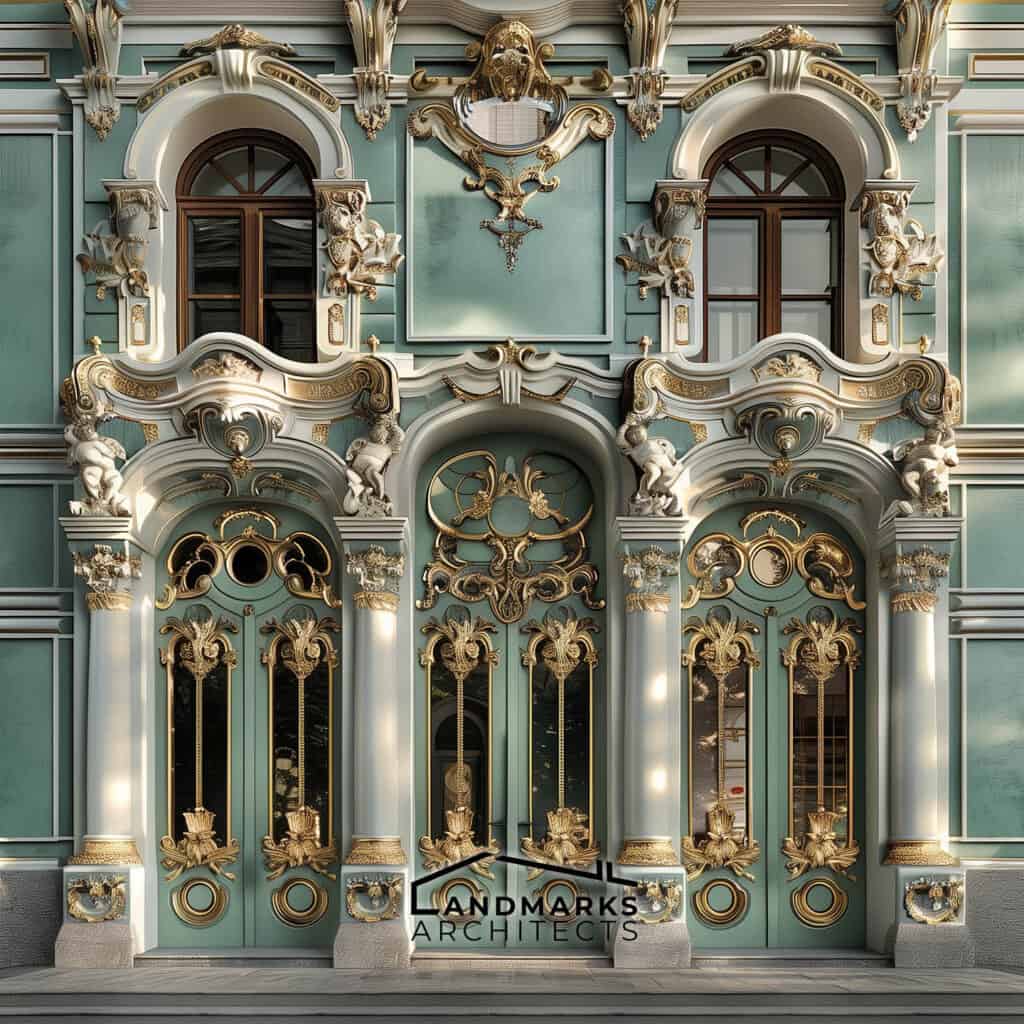
Modern Baroque architecture is designed to create an emotional impact on the viewer. Architects use bold forms, intricate details, and bright colors to create a sense of drama and excitement. The expressive and emotional impact of this style is a result of the fusion of traditional Baroque style with modern designs. This style is characterized by its ability to evoke strong emotions and create a lasting impression on the viewer.
See Also 50 Fascinating Facts About Renaissance and Baroque Art
3 Notable Examples
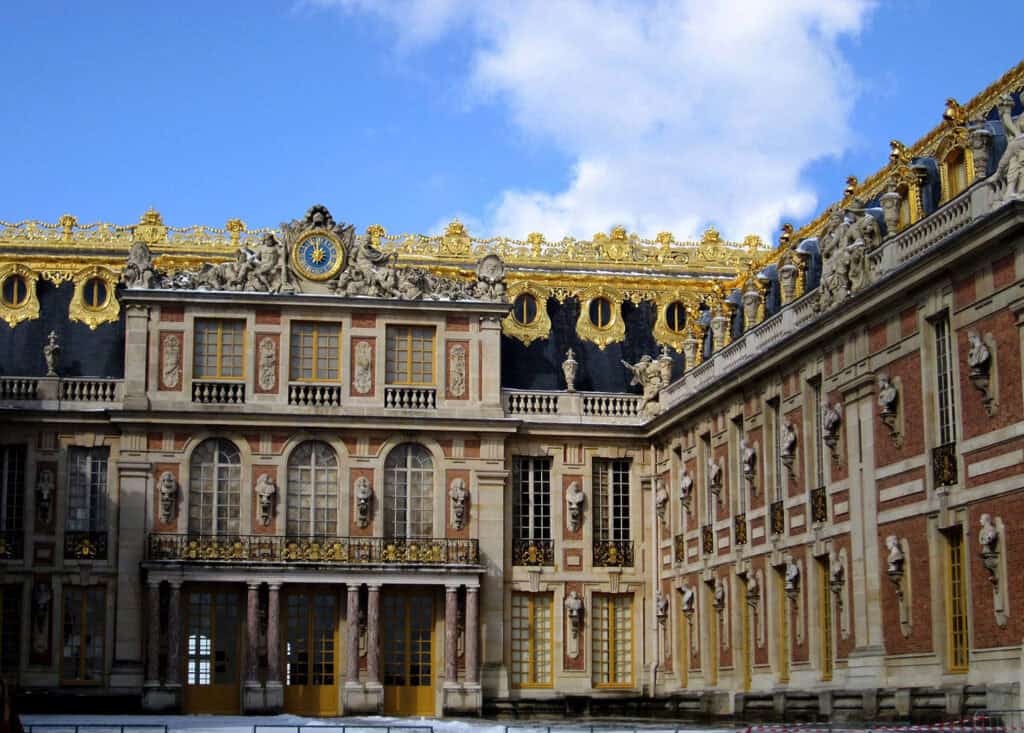
1. Palace of Versailles, France


The Palace of Versailles is a prime example of Baroque architecture in France. The Palace of Versailles was originally built as a hunting lodge by Louis XIII around 1623 and was later expanded and transformed into a grand palace by Louis XIV. The palace features a grand entrance, ornate decoration, and intricate details. The Hall of Mirrors is one of the most impressive rooms in the palace, with 17 arched windows that reflect the light and create a stunning visual effect.
2. St. Peter’s Basilica, Vatican City
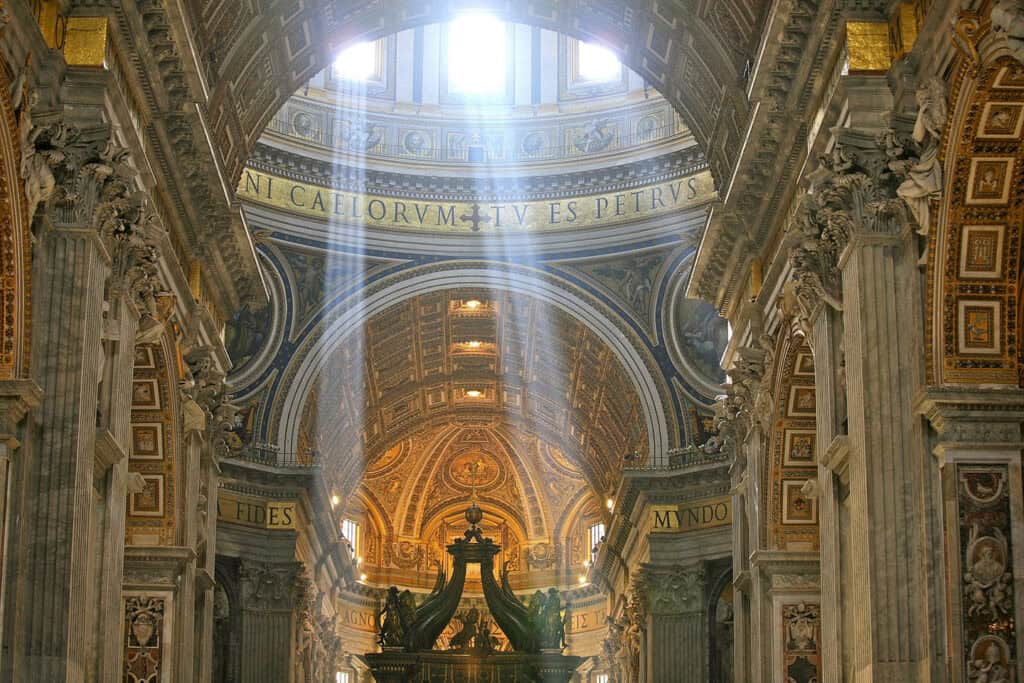

St. Peter’s Basilica is located in Vatican City and is renowned for its Renaissance architecture, with later Baroque additions. Designed by multiple architects including Donato Bramante, Michelangelo, and Gian Lorenzo Bernini, and completed in its current form by 1626, with ongoing modifications.
The basilica features a grand dome, ornate decoration, and intricate details. The interior is adorned with sculptures, paintings, and mosaics. The Baldacchino, a large bronze canopy above the high altar, is one of the most impressive features of the basilica.
See Also Baroque Architecture in Italy
3. St. Paul’s Cathedral, London
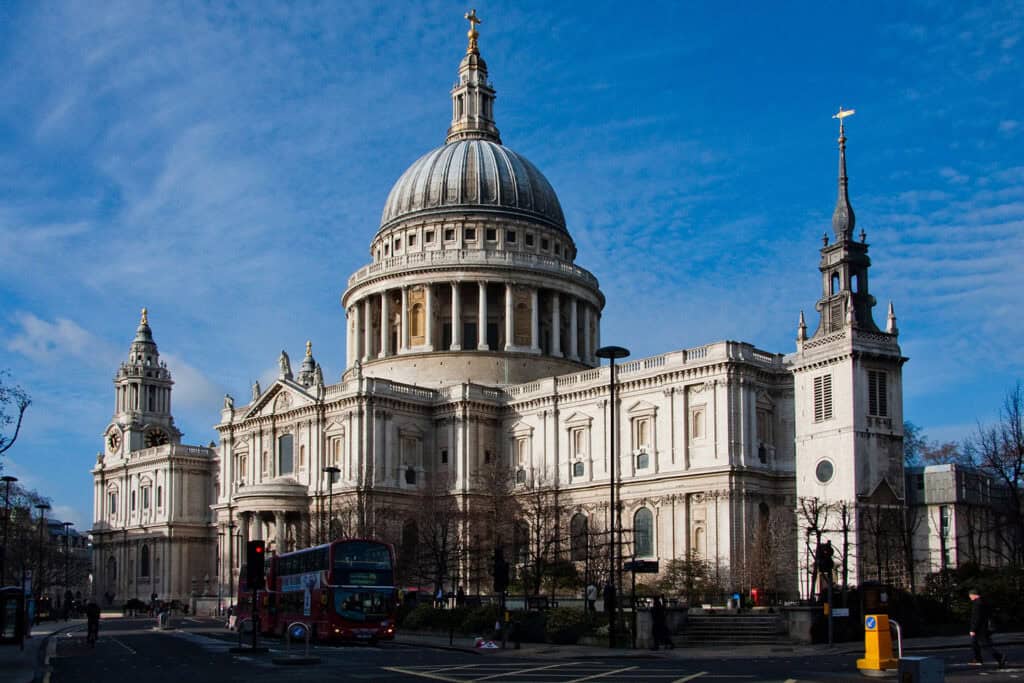
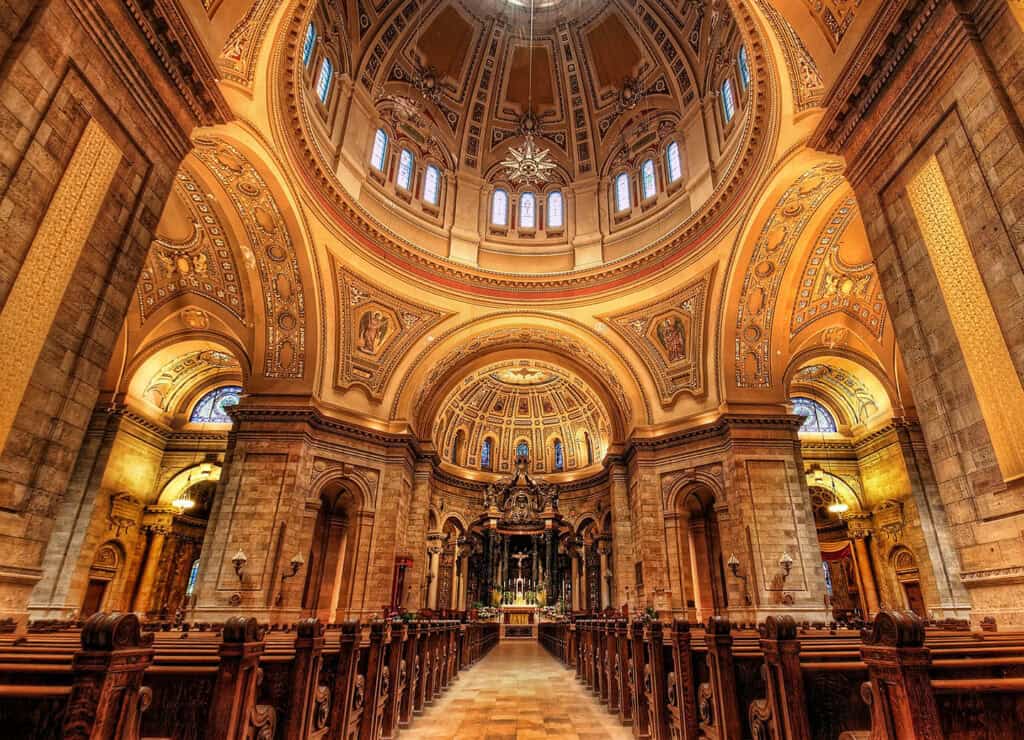
St. Paul’s Cathedral is a notable example of Baroque architecture in England. The cathedral was designed by Sir Christopher Wren and was completed in 1710. The cathedral features a grand dome, ornate decoration, and intricate details.
The Whispering Gallery, located in the dome, is a popular attraction for visitors. The gallery gets its name from its unique acoustics, which allow a whisper to be heard on the opposite side of the gallery.
See Also Baroque House
Interior Design in Modern Baroque Style
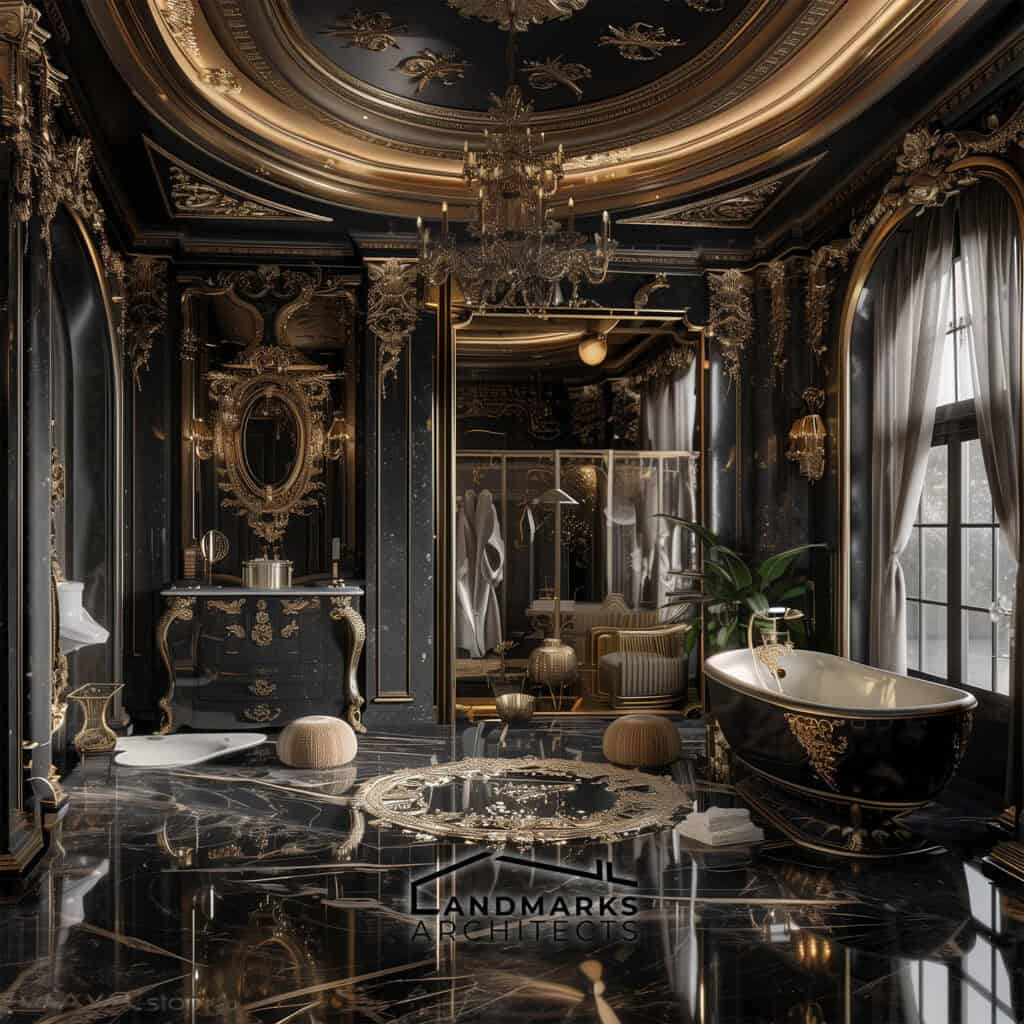
Modern Baroque interior design is characterized by its elaborate ornamentation, dramatic effects, and spatial grandeur. The style is an evolution of the Baroque movement that emerged in Rome in the early 17th century and quickly spread throughout Europe.
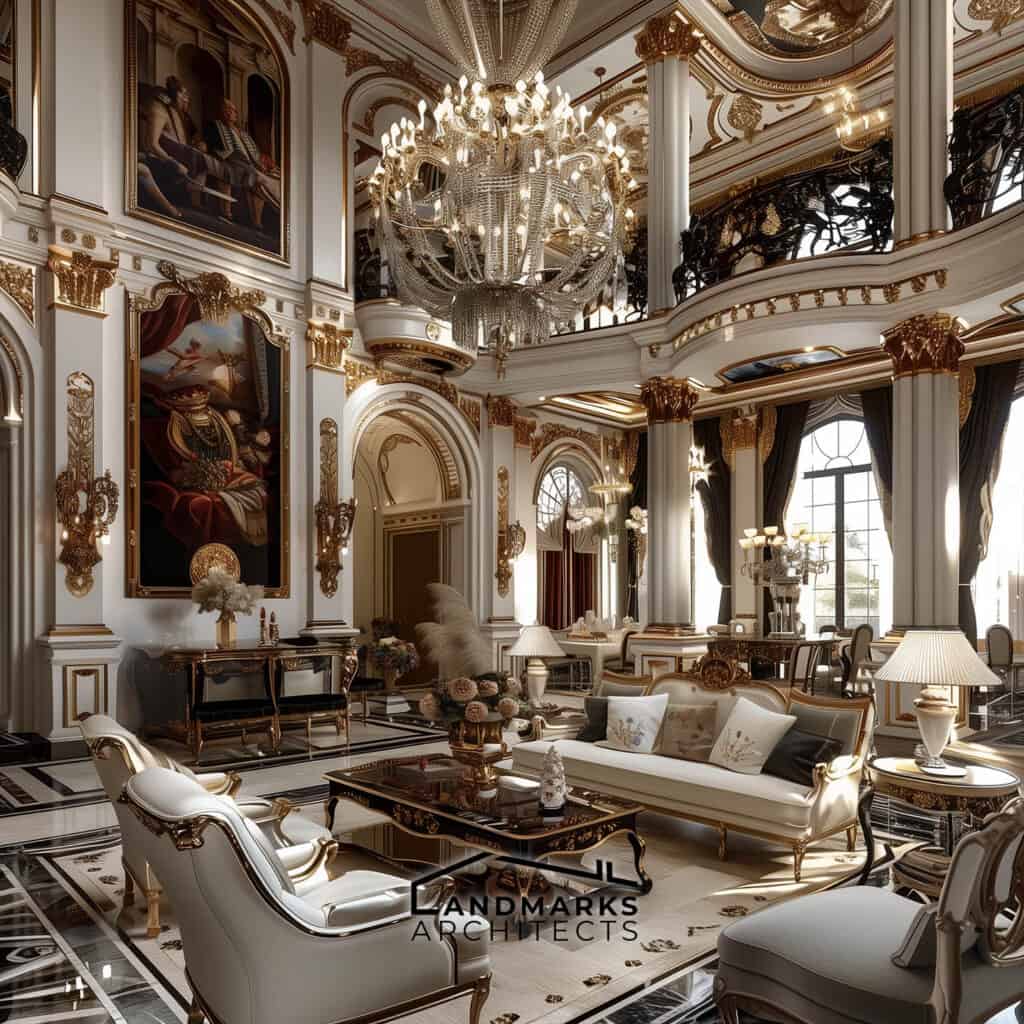
In modern Baroque interior design, the aim is to evoke a sense of opulence and luxury. The style is characterized by the use of decorative elements such as ornate moldings, elaborate chandeliers, and intricate tapestries. The furniture design is often grand and ornate, with a focus on creating a sense of focal point in the space.
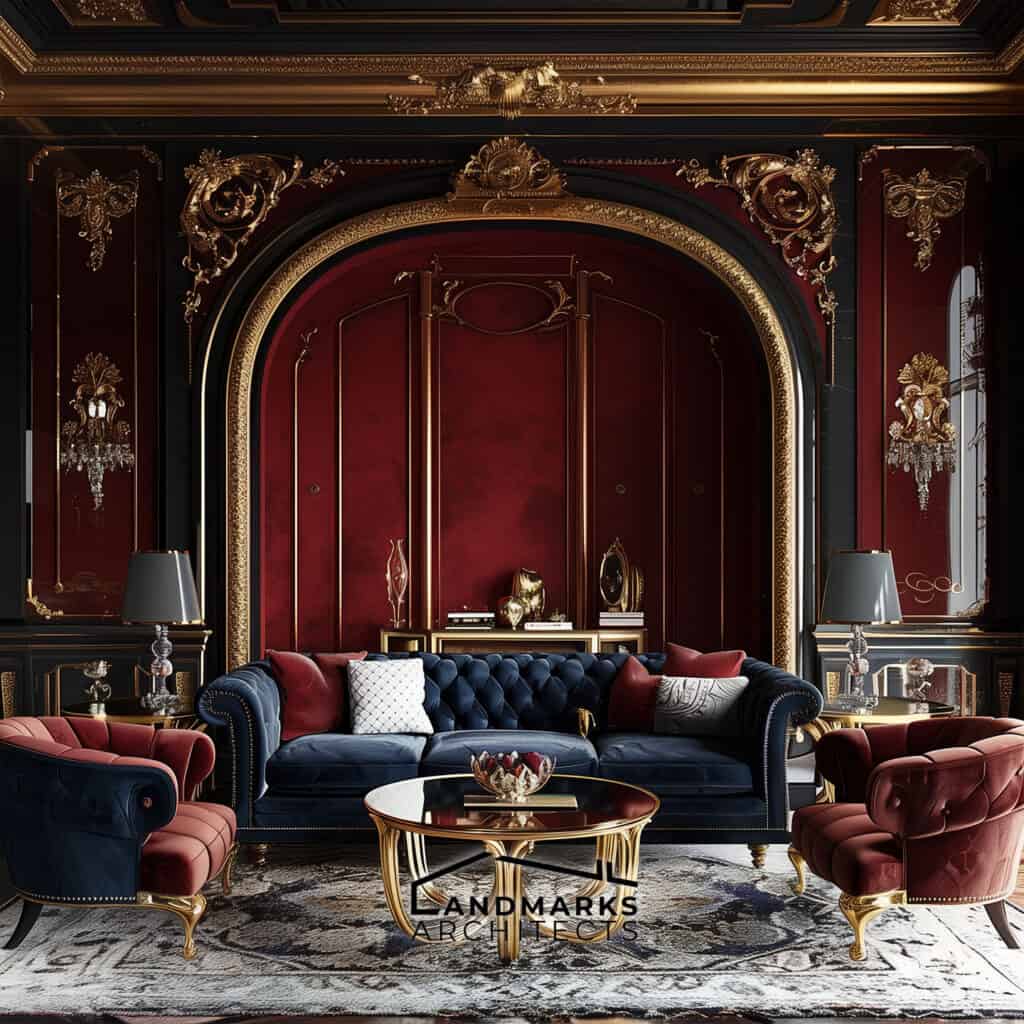
The use of space is also an important element in modern Baroque interior design. The aim is to create a sense of grandeur and spaciousness, with an emphasis on symmetry and balance. The color palette is typically rich and bold, with a focus on deep reds, golds, and blues.
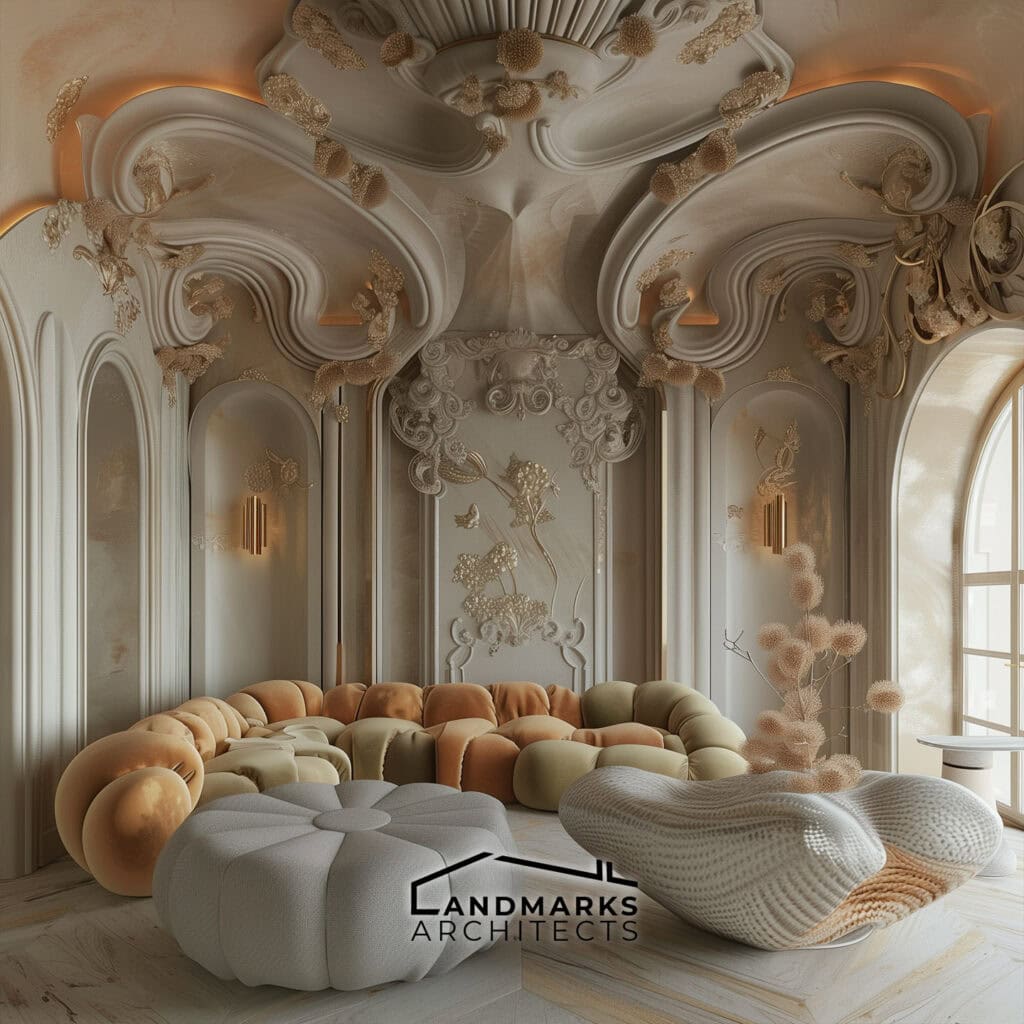
Rococo is a sub-style of Baroque that is often incorporated into modern Baroque interior design. Rococo is characterized by its playful and whimsical nature, with a focus on decorative elements such as shells, flowers, and curves.
See Also Baroque vs. Rococo
Influence and Legacy of Baroque Art
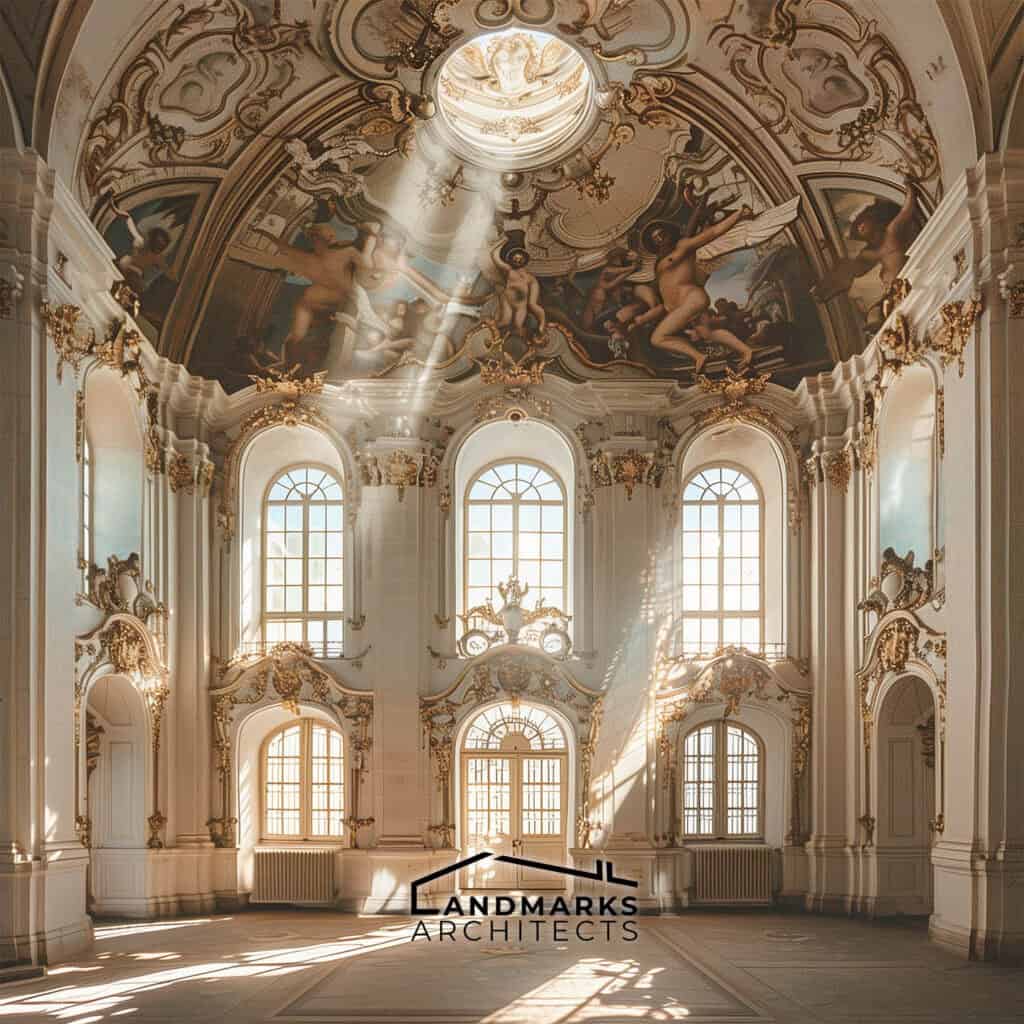
Baroque art and architecture had a profound influence on the world of design and continue to inspire architects and artists today. The Baroque era marked a departure from the restrained and rational style of the Renaissance and instead embraced a more dramatic, emotional, and ornate aesthetic.
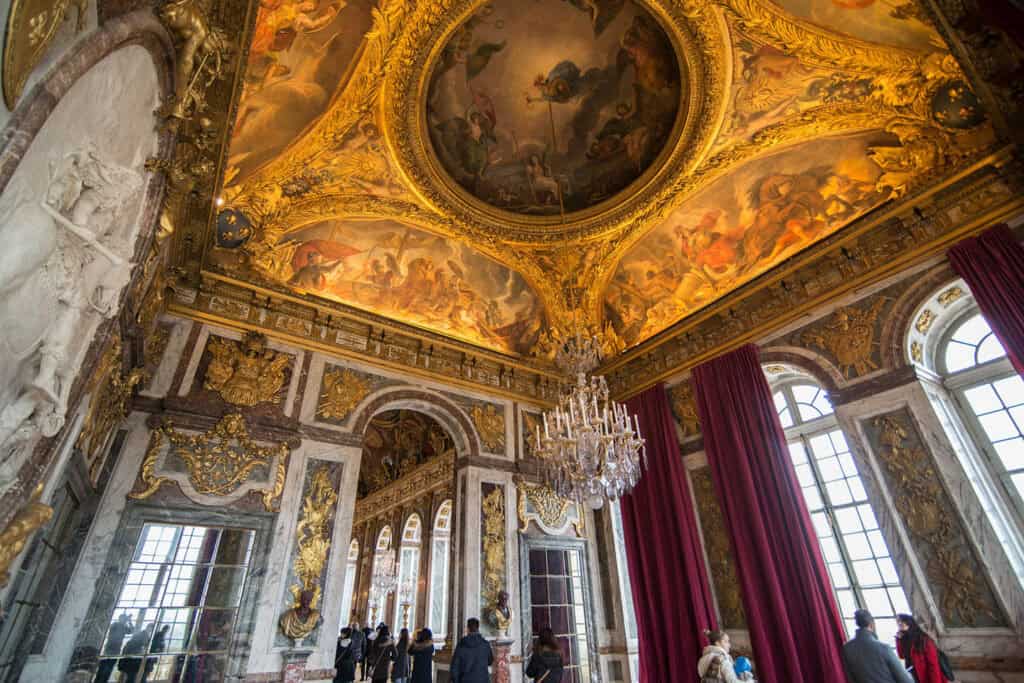
The Baroque style was characterized by its use of grandeur, opulence, and theatricality. The style was particularly popular in France, where it was known as the French Baroque style, and was used in the design of many of the country’s most famous buildings, including the Palace of Versailles.
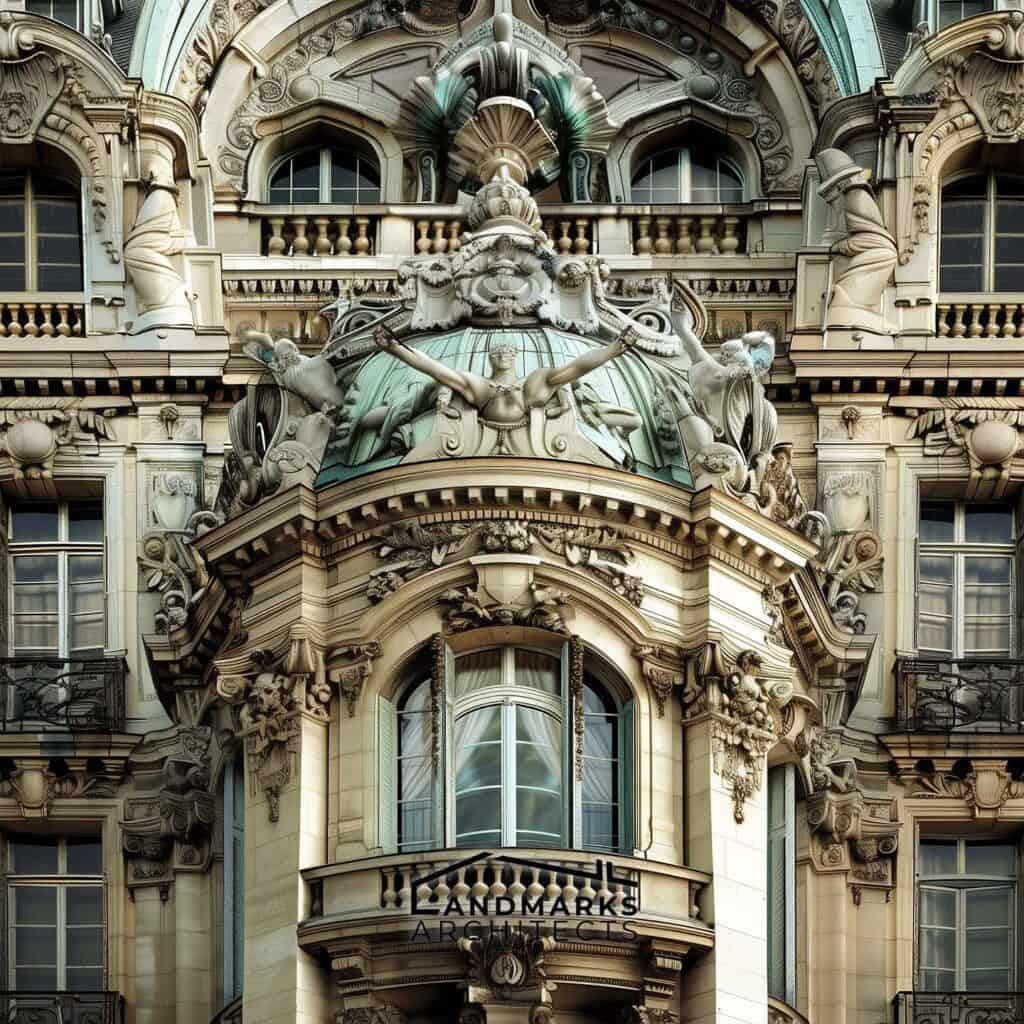
The legacy of Baroque art can be seen in the many architectural styles that followed, including Rococo, Neoclassical, and Art Nouveau. Elements of Baroque design, such as the use of domes, façades, and ornate decoration, can be found in buildings around the world.
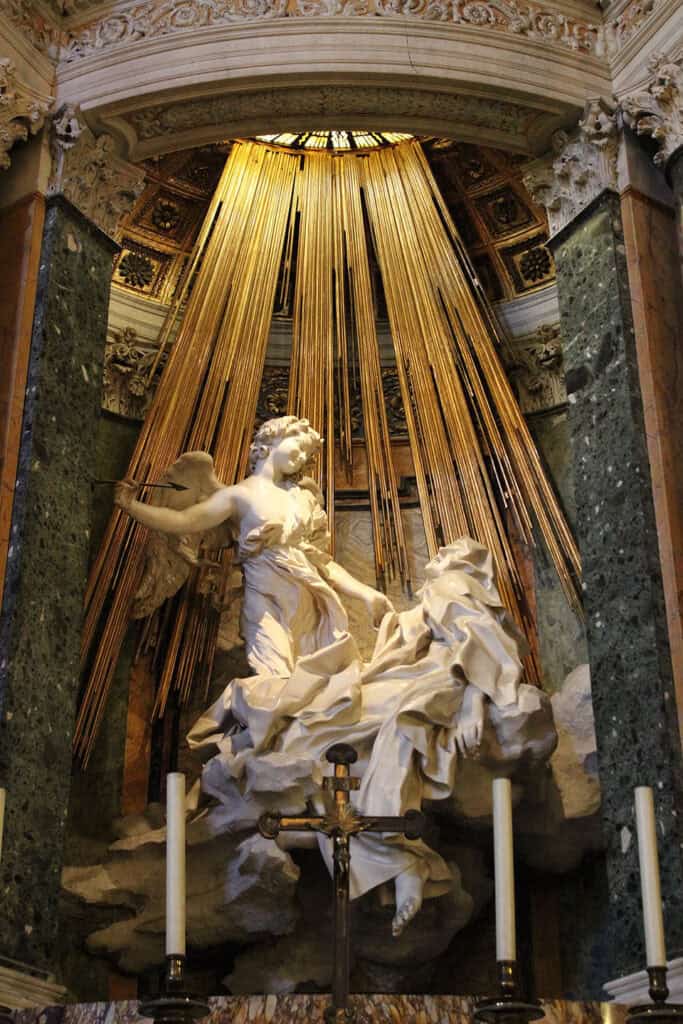
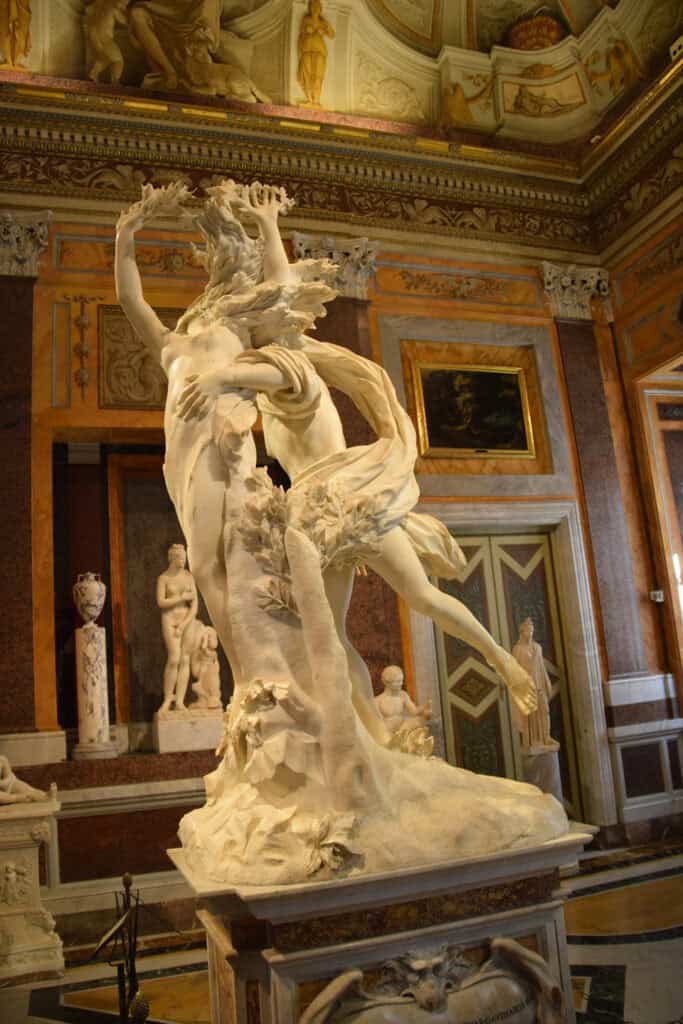
Baroque art also had a significant impact on the world of sculpture, with artists such as Gian Lorenzo Bernini producing some of the most iconic works of the era. The dramatic realism, intense emotion, and movement that characterized Baroque sculpture continue to inspire artists today.
See Also Baroque Sculpture
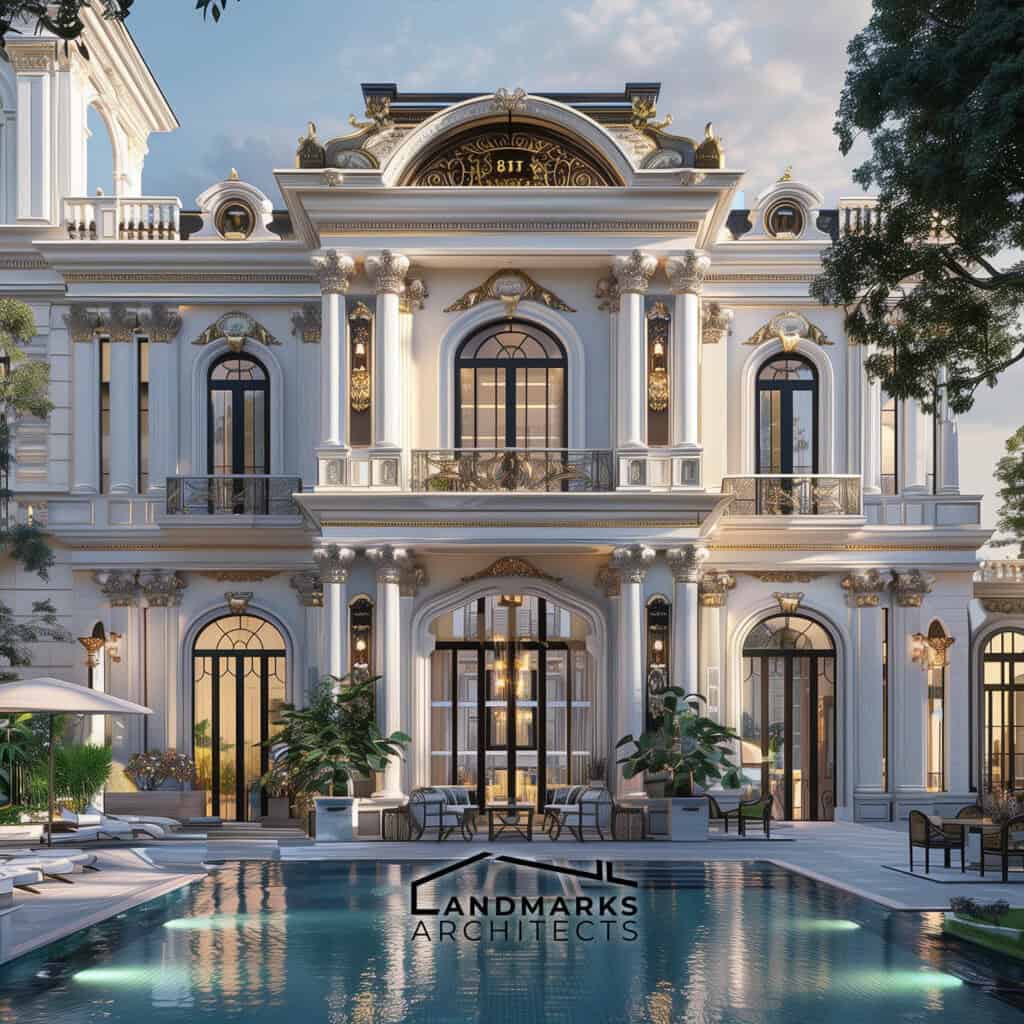
Modern Baroque architecture represents a captivating blend of historical grandeur and contemporary innovation, characterized by dynamic forms, ornate details, and a dramatic play of light and shadow. From iconic structures like St. Peter’s Basilica to the Palace of Versailles, this style continues to inspire with its opulence and emotional impact.
Embracing Modern Baroque allows architects and designers to create spaces that are not only visually striking but also functional, reflecting a timeless elegance that resonates with today’s discerning tastes.










